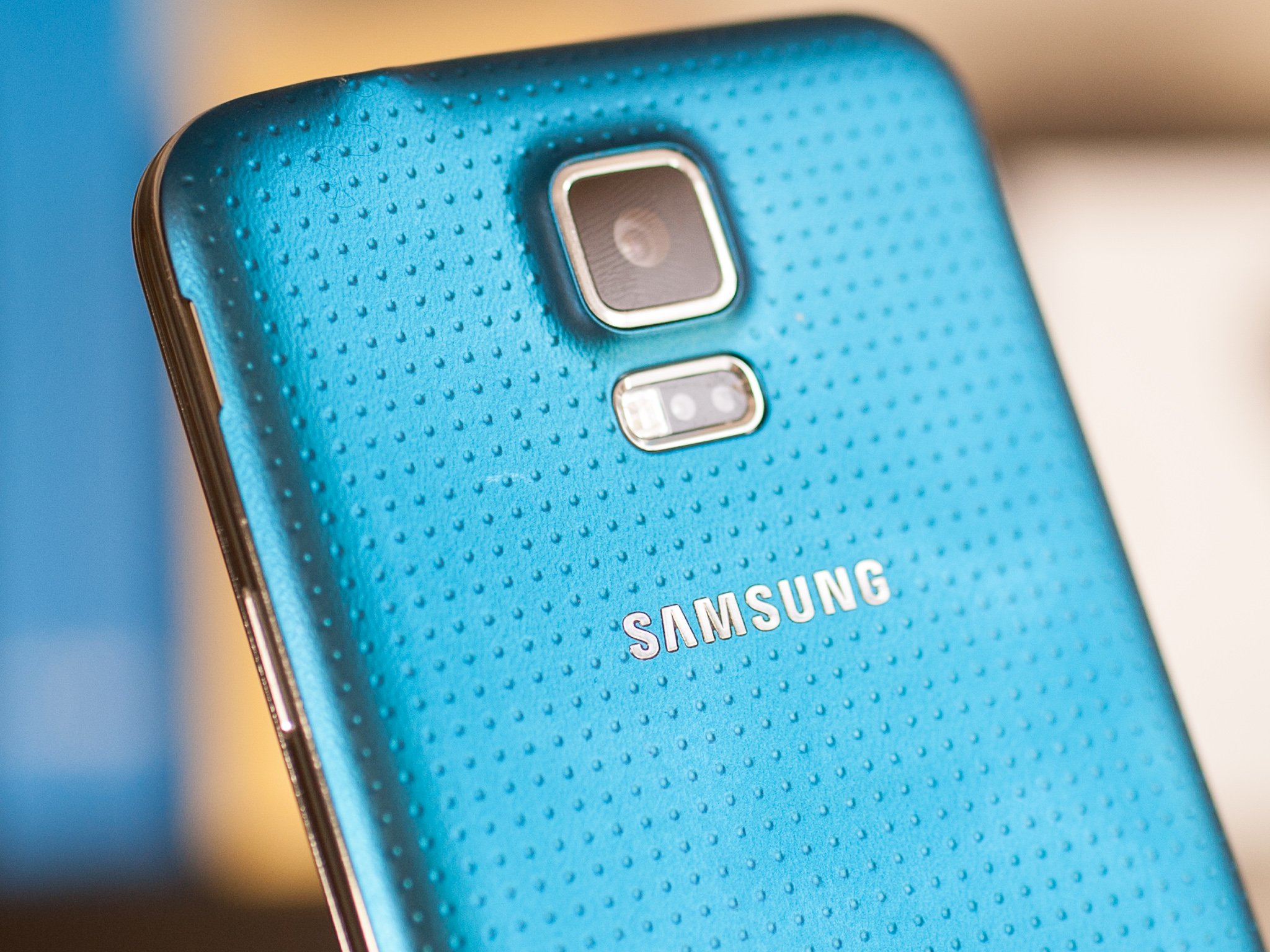You probably shouldn't use your phone to check your blood oxygen saturation level (SpO2)

We've all witnessed the run on commodities like toilet paper, beans, and even rice that has taken place over the last few weeks. Still, one type of item that is becoming increasingly difficult to find has kind of surprised me. Which item is that you ask? Pulse oximeters. These are medical devices that can measure the oxygen levels in your blood, or your SpO2, as it is more commonly known.
If you're wondering why this is important, you're either blissfully unaware, or you've been really good at socially distancing from the news. You see, the ongoing virus that caused this global pandemic is particularly aggressive towards those with weakened immune systems and compromised breathing abilities, and it is these folks who may have lower concentrations of blood oxygen. So it is understandable that more people are trying to equip themselves to better track and monitor their health during this scary time.
Since pulse oximeters are in shorter supply and are an additional expense if you don't already have one, it stands to reason that people are looking for alternative means of measuring their SpO2. They are doing a lot of searching on the internet for ideas, but the solutions they're finding are not always the most helpful.
Phones and apps

One older "solution" that keeps popping up is the concept of using the camera or sensors on your smartphone to measure your SpO2.
For years, phone manufacturers like Samsung and numerous app developers have pitched the idea that you could use your phone to measure heart rate and even blood oxygen data, but as the evidence came in that this was not the most effective solution, and more and more wearables like smartwatches started coming on the market, those phone-based solutions began to fade. However, they didn't disappear entirely.
You see, while Samsung removed dedicated health sensors from their phones a couple of generations ago, it is still possible to get a SpO2 reading through the Samsung Health app and the camera on more recent devices. There are even apps on the Google Play Store and Apple App Store that still say they can measure SpO2 through the camera sensor.
Even here on Android Central, we recently had a six-year-old post covering Samsung's addition of SpO2 monitoring to their phones and the Samsung Health app that spiked in popularity and search traffic over recent weeks. Now, of course, we have since updated the piece to be as accurate and current as possible, but it doesn't address or answer the question of whether or not you should use a device like a smartphone to measure your SpO2.
Get the latest news from Android Central, your trusted companion in the world of Android
In fact, the consensus among the medical community seems to be that using your phone's camera, sensors, and/or apps is probably not the best or most accurate way to measure SpO2. So what should you do?
Listen to your doctor

The medical community has been sour on the efficacy of measuring SpO2 with phones for some time, and even newer research affirms this position, likely prompted by a recent spike in worldwide interest in this topic.
According to the Center for Evidence-Based Medicine at Oxford University:
There is no evidence that any smartphone technology is accurate for the measurement of blood oxygen saturation. Furthermore, the scientific basis of such technologies is questionable. Oxygen saturation levels obtained from such technologies should not be trusted.
Now, despite the skepticism of SpO2 tracking with smartphones themselves, many consumer-grade options are considered more reliable for health tracking, such as certain smartwatches and dedicated pulse oximeters.
Smartwatch manufacturers such as Fitbit and Garmin offer devices that have SpO2 sensors, which they say can detect variations in your blood oxygen levels. Other notable health wearables from Withings and Apple claim to offer this functionality as well. However, the Withings and Apple offerings are awaiting regulatory approval to activate the sensors into some of their most recent devices. Even the smartwatches that can monitor SpO2 should not be used exclusively as diagnostic devices, and you should consult with a medical professional if you are concerned by any of the readings you get from your wearable.
Don't just rely on your devices. Consult with a medical professional if you are concerned about your SpO2 readings.
If you can find a recommended and reliable dedicated pulse oximeter, that is probably the best home-based solution for monitoring your SpO2. Some of these devices are "smart" in the sense that they can pair with an app on your smartphone to relay data via Bluetooth, but many don't have this functionality. We recommend that you consult your doctor or a trusted health professional for recommendations when it comes to purchasing dedicated health technology like this.

A familiar design paired with a host of new features.
The Versa 2 looks a lot like its predecessor, but it offers meaningful upgrades in all the right areas. It has a faster processor, a more colorful AMOLED display, 5+ days of battery life, and a microphone that allows for easy access to built-in Amazon Alexa. And now that Fitbit has activated its SpO2 sensor, you can get a better idea of your blood oxygen saturation levels.

A better choice for running than any general-purpose smartwatch.
When fitness is your top priority, get a smartwatch made for the task. The Forerunner 245 has excellent tracking accuracy, focused software, hardware buttons, and a screen visible in all conditions. It also has the ability to monitor your blood oxygen saturation levels.

Jeramy was the Editor-in-Chief of Android Central. He is proud to help *Keep Austin Weird* and loves hiking in the hill country of central Texas with a breakfast taco in each hand.
